Week 1
Tinkering is widely associated with ‘trial and error’. Where do definitions coincide and where do they differ?
The main similarity I’d name is the “Throw stuff at the wall and see what sticks” mentality that is present in both activities. Neither have a clear cut path one follows to get to the goal but rather rely on experimentation to get there. However, where trial and error is really analogous with throwing stuff at the wall, tinkering is a more conscious activity. During class there was a back and forth if trial and error isn’t a part of tinkering, but tinkering encompasses a lot more. There’s more of a (design) goal/seed present and tinkering requires a flexible toolbox to facilitate it, which isn’t necessarily true for trial and error.
Can you take a typical I-Tech related project case and list 5 technical hurdles? To which extent do they allow for a ‘playful’ approach in tackling them?
I don’t really know any I-tech project cases but I’m going to shamelessly steal the CreaTe graduation project a friend is working on. She’s been tasked with designing a system to monitor the amount of people present in the Smart XP. Really, this project is one technical hurdle (how do you monitor this) but I’ve tried to form five smaller hurdles.
- What already present tech can you use?
- Could you use a thermometer?
- Could you use heat cameras?
- How should “amount of people” be conveyed?
- What is this information good for?
The first one is hard to play with, because it concerns already deployed, independent systems that can’t really be built or experimented with too much. The other four have more promise. I can imagine a session with six people in a room with a bunch of arduino’s sensors and heat cameras who, in teams of two are tasked with designing a really simple system see and show the people in that room. It should quickly show some strengths and weaknesses of different sensors. Heat cameras are expensive and harder to quickly use, but there are already arduino projects with very cheap ones so it should still work.
Where would you go hunting for tinkerspiration? List 5 physical and 5 online resources valuable for an I-Tech specialist
- Physical:
- Kees Torn (or other puntdichters, though this is probably just me)
- It’s cliché to say, but Lego
- Old, analog technology like typewriters, amplifiers or other mechanical doo-dads I have laying around.
- The forest, going for a long walk often refreshes the mental tab I’m thinking in
- Friends to talk things over with
- Online:
- Technology Connections on YouTube, he showcases very novel and creative uses of technology
- Micheal Reeves on YouTube, maybe only directly useful when working with tasers
- Stuff Made Here on YouTube, goes way beyond tinkering but very inspiring projects
- Printables.com, the Prusa 3D model sharing website
- r/arduinoprojects
List 5 domains, challenges or settings in which you would like to apply tinkering. Can you identify some sweet spots, (perhaps beyond the well-known such as STEM education) and can you also define some limitations? Are there ‘untinkerable’ domains?
- Repairable Technology, this is the main focus of my master’s programme and it’s something I am very passionate about. In some ways you could say this is also about making people’s devices more tinkerable since modularity and tinkerability are allegiant properties. This doesn’t fully hold, but I think looking at what makes a good electronic tinkering toolkit can help inform what makes a good repairable device.
- CNC-machines, these are currently so precious (machines and materials used) that tinkering with them is a little too precious. If they can be made cheaper (or use way cheaper materials), it could open up a whole other area of tinkering next to 3D-printing and laser-cutting.
- Wearable Technology, I think a kit that allows you to very easily play around with different kinds of wearable tech and the associated sensor equipment could make some fun new formfactors beyond the smartwatch.
- Furniture, I don’t think it will lead to comfortable chairs but I think some way to tinker with different setups for furniture or other household-related items. I have this kit called “24mm” by a designer called Arend Groosman which attempts to do something like this, and I have used it to quickly build a reading light which integrated very well into my cabinet.
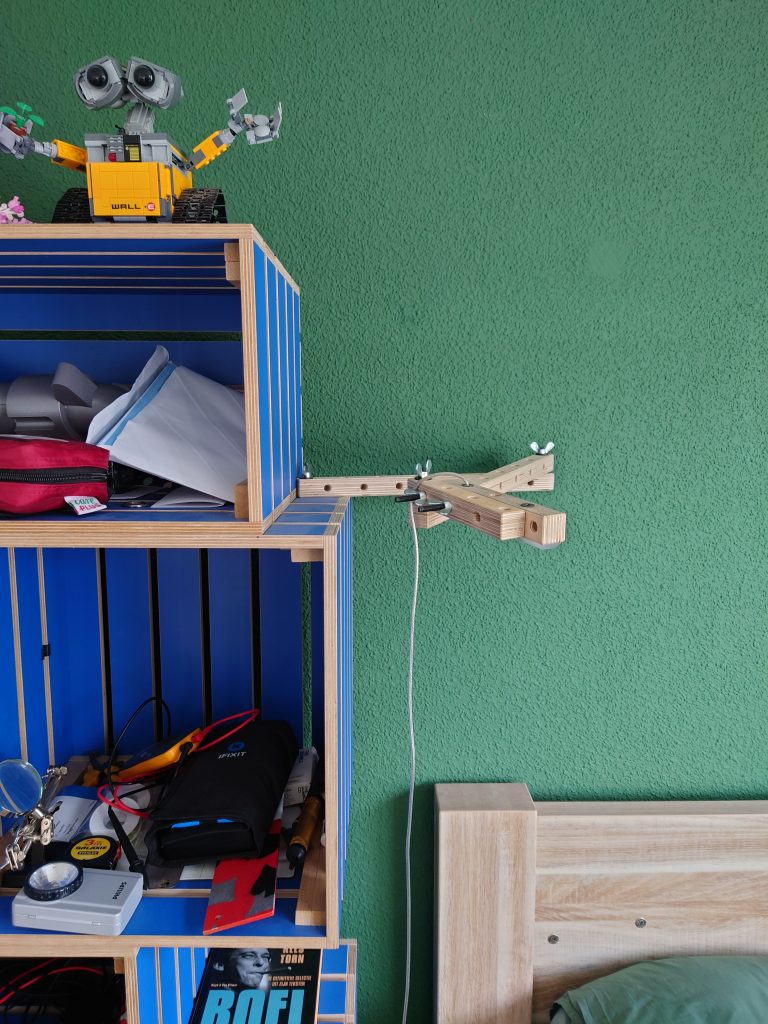
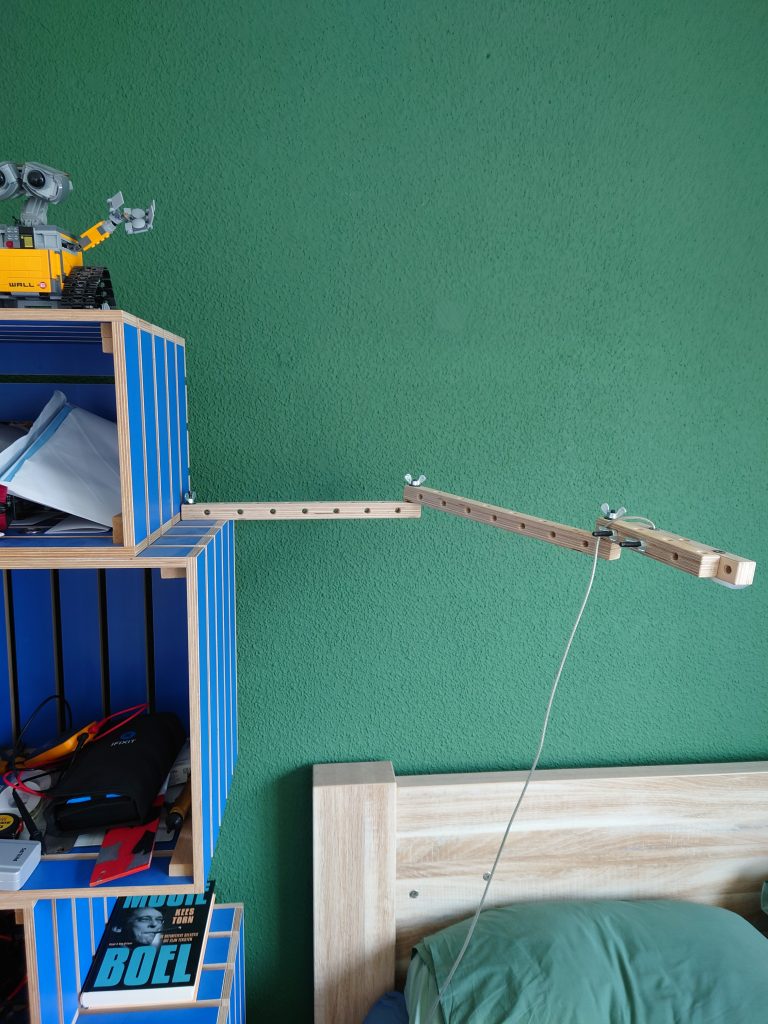
- Finally, I know I keep going on about it but language still. I don’t know of many interesting projects that inspire tinkering with language except one of those word fridge magnet sets, and creativity with language is actively discouraged in Dutch education so something should be done about this.
As far as sweet spots and limitations, the main line I see is how serious of a role a certain piece of technology has in people’s lives. Obviously the medical industry has a very serious role in society and isn’t suitable for tinkering since it literally dictates people’s lives. The other example that popped into my head are smartphones, since in the last ten years they have become increasingly vital to a person’s functioning in society and inversely, they have become less and less creative showing to me the designers are tinkering less and less. In 2013 you had phones like the oppo N1 and the Samsung Galaxy Round, phones which really did do weird new stuff. There were brands experimenting with putting buttons on the back, including two screens, interchangeable modules and full keyboards. All this has pretty much disappeared from the industry as it has matured and smartphones have become so important no one wants one with weird quirks that impact functionality.
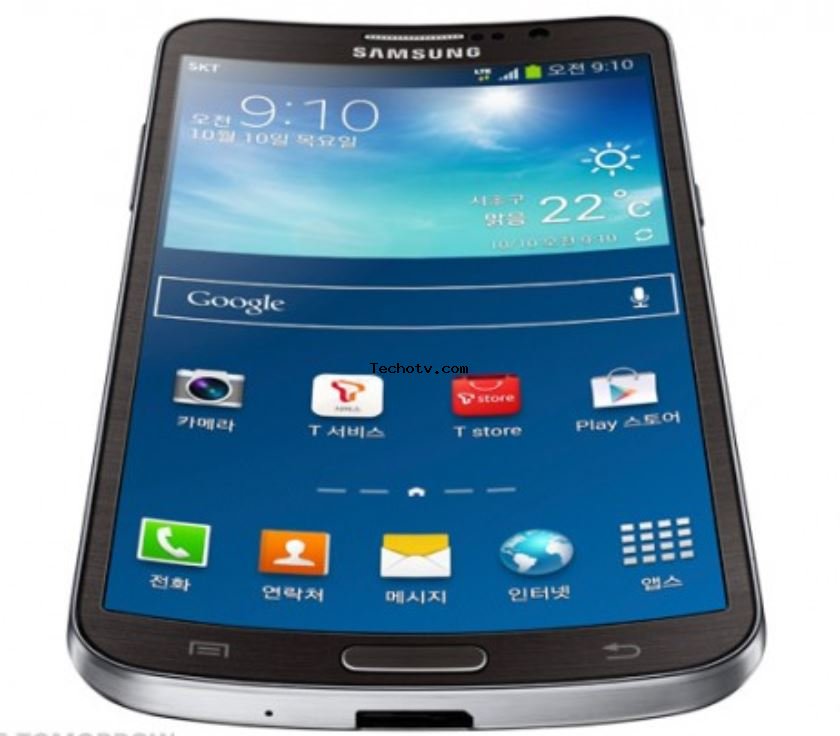
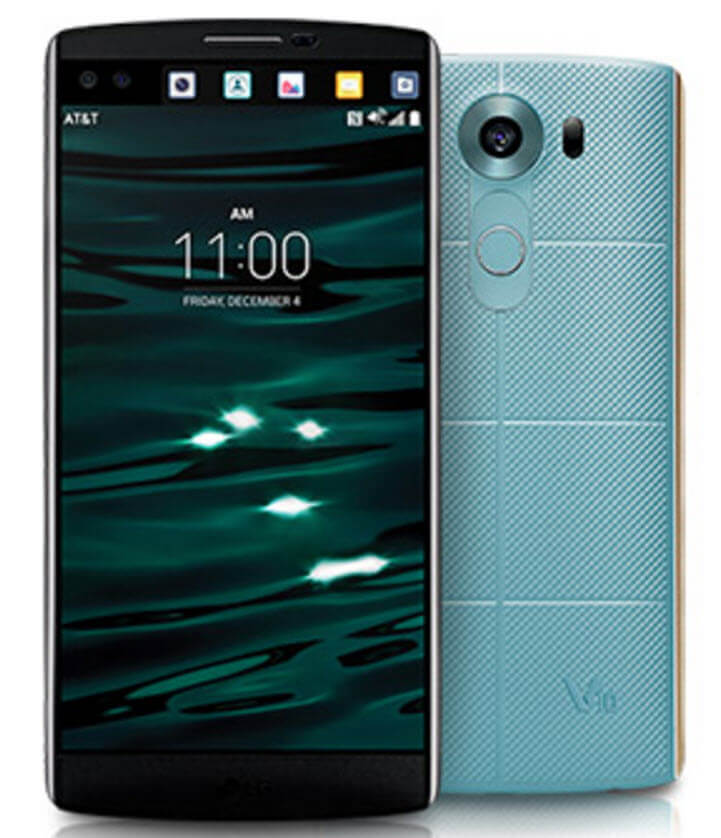

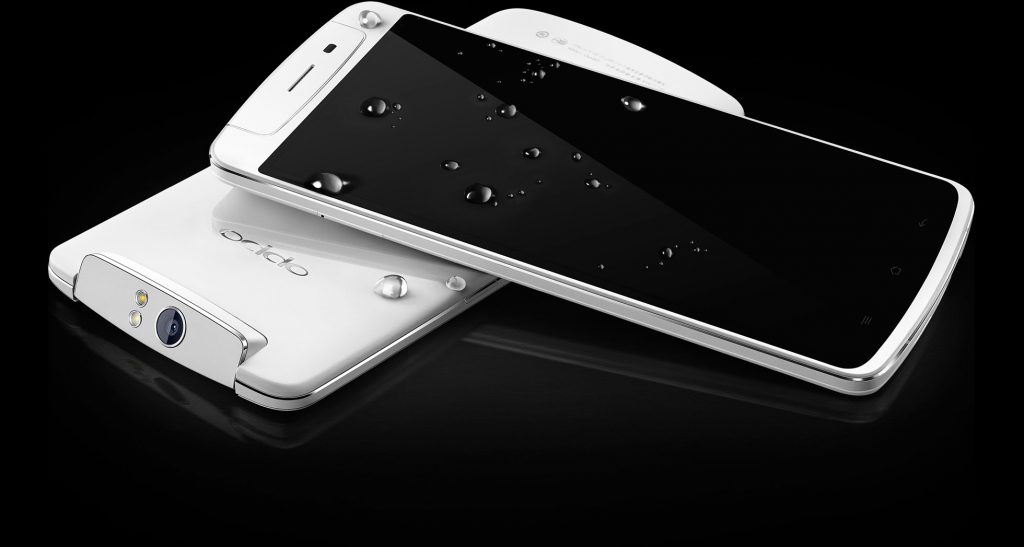
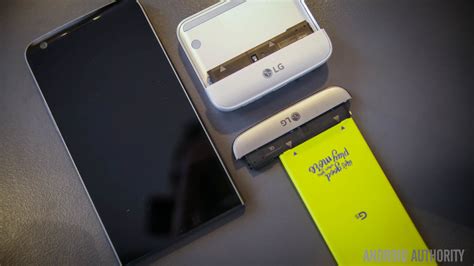
More industries show this, where the more people rely on a product, the less the designers seem tinkerminded. I’m no business student so I won’t theorise about other reasons for this but I do think it’s valuable to note.
Week 2
Which of the experienced tools and materials [in the session] has the lowest threshold? i.e which materials are easiest to get started with (are grabbed right away, no thinking, no consideration)
I don’t think it’s unfair to say Lego is the king here. I doubt anyone in the session had never put bricks together but even if they didn’t the system is so clear in communicating what you can do with it anyone could figure it out and the bricks invite you to do so.
Which of the experienced tools and materials has the highest ceiling? I.e, with which materials could you come closest to applications in the real world?
This has to go to an arduino- or raspberry pi-based kit, since these are tools actively used in project development. The other materials are really only good for playing, learning and prototyping but these two platforms can support actual products.
To which extent does the exact instruction play a role? Do you need an introduction in the materials (seed) or towards the goal (discovery) or the tooling/skills?
Leaving the instruction somewhat open to interpretation stimulates experimentation and tinkering. It gives the people in the session the ability to let the materials guide them towards an eventual end point instead of that end point being fixed and the materials having to be bend into its shape. However, a little direction is needed to help form the seed and make sure people won’t just phone it in or only create what they like.
Can you recognise most of the aspects of the framework in action?
I believe so, though I was not yet familiar enough with the framework during the session to pay much attention to it. The design goal was really just make something animated, the seed was formed by showing what the materials could do and the toolbox was those same materials.
Week 3
Do adults need a different approach or role in facilitation? Which concepts are relevant?
From the LEGO® SERIOUS PLAY® method, what jumps out to me most is that adults may need encouragement to begin tinkering, their skills need to be taking into account more and they need to feel safe their creations won’t lead to mocking.
The first two are somewhat related, since it both has to do with adults being less used to playing and tinkering. They’re activities not prevalent in most branches of the professional world and adults are generally more used to solving things with their heads. Thus, it make take extra encouragement for adults to really start playing with stuff instead of overthinking. As the serious play document says: “The facilitator may encourage participants to [just start building] and say that they should let their hands do the thinking”. A group of adults may also display a big skill disparity. Playing is inherent to children but as they grow up, some people lose their playing instincts while others don’t as much. Additionally adults have a harder time learning new things, especially physical so this skill gap won’t solve itself easily. Facilitators should look out for this and emphasize it’s not about the prettiness of the end product but the process and what it represents.
Finally, there’s an element of silliness which is very important to have but can lead to mockery or a feeling of not being taken seriously. When partaking in the serious play method, you are putting yourself in a vulnerable position. You’re doing something “meant for kids” while creating a metaphor of your personal view on things. If someone doesn’t take this seriously they could abuse this and hurt people who are playing along. Thus, it’s extremely important to get everyone on board and never create an environment where people are being questioned for why they built what they built. “Never ask questions that require the person to explain why they intended the model to express what it does” as the manual says.
Where do Papert and Montessori meet up? is there a fundamental difference in their approach? How well do their mantra’s and thoughts on teaching translate to tinkering for ‘children of different ages’?
Chapter 5 of my very legitimate version of the book doesn’t include anything about Maria Montessori apart from one quote, but luckily my high school was a Montessori school and there are online sources so I do have something to say about it. The biggest agreement between the two in my eyes is the idea of children taking charge of their own learning. Both methods advocate for students/children having more say in what, when and how they learn things with the teacher being there to facilitate it. In that sense the two “methods” go well together and I don’t see many large disagreements between the two. The biggest differences are in what they themselves think most important. Montessori seems most interested in the facilitating nature of the teachers and the taking charge of the learning process while Papert names making mistakes as his most important point. Papert also says nothing about different ages and how that should be handled while Montessori names classes with multiple ages as one of her main points. I think both methods are applicable to tinkering, with Papert’s being more useful as an actual guide and Montessori’s as an overarching philosophy.
What are useful pointers for the space (location) and setting? Do you need a designlab/fablab?
Although it’s the most ideal option, I don’t think you need a designlab-type space. Any large enough space can ben turned into a tinkerspace with the right tools and guidelines, it may even be better to completely change up the lay-out of a familiar space to make it into a tinkerspace so it communicates things are going to be different from what you are used to this session. Having enough different materials is of course very important, so is sharing them. It’s important for the space to give everyone equal footing. The book describes how women’s self-reported interest in computer science depends on what is present in the room. This should be taken into account, also for giving everyone in the group equal comfort. I think there should be a wide variety of things hanging around so to make it everyone has something familiar and something strange in the room to get everyone on the same comfort level and everyone collaborating at the same level of intrigue.
Where in a process do you use tinkering?
Ideation is the obvious candidate since tinkering can give a lot of ideas quickly. However it’s also very present in the entire stage of a project apart from maybe refining at the end. When ideating it’s more the “seed” as discussed in the lectures, while during active development it becomes the toolbox to reach the design goal. I’m not that good a working towards a clear, well-defined goal and I rather change the specifics according to what I find during development, specifically while tinkering with stuff.
How can you translate a design problem or research problem into a tinkering playground?
This feels like the big question of this entire course so I don’t know if I can answer it well in week 3, but I think it starts with dissecting what the different parts of the solution to the problem could be. This can than be translated into an existing or new tinkering toolkit, accepting anything that could work for wider toolkit options.
What can you use to get unstuck?
For me, it’s taking breaks and really doing something else that absorbs your entire mind. I can be stuck thinking about the same problem for days but if I really focus on something else (games or long walks often work), I think I used the phrase “it can refresh the mental tab I’m thinking in” before. Looking for inspiration online also works, and discussing it with someone else can really reset your viewpoint.
How do you get in the flow?
If only I knew this. I think including something that I find really funny in every project I do really helps, and I also try to trick the part of my brain always looking for distractions. I try to make it have it’s distractions for a while and then introduce the project as another distraction. It sounds weird, but it does often work. As far as scaffolding goes, that does have to be provided because I can get frustrated quickly if I don’t feel I have the tools for something.
Week 4
For this week we were asked to reflect on scaffolding in the project groups, which is why this week’s reflection isn’t here but can be found on the page discussing the group work under “refinement”.
Week 5
Tinkering is a way to generate knowledge. What kind of knowledge results from a tinkering process in your experience?
I think most tinkering knowledge can be described as “New ways of using/combining a material”. It can be new to you, but known by the creator of the material. For example, figuring out a new Lego building technique to you, but one that is used in some sets. You can also find new uses to you and to the creator of the material, but still existing in the envisioned paradigm. Lego runs a program where you can submit your own creations and if they get 10.000 community votes they are considered as sets. The people submitting creations consistently come up with new ways of using pieces that Lego hasn’t found yet themselves. Then there’s the new uses that take the material outside the range envisioned by the creator, like using Lego in combination with other materials (Arduino projects, maker beam, etc.) to make entirely new combinations.
Tinkering with classical materials like clay, paper, colour, textiles, is more related to craft. How does tinkering work with digital and electronic media?
Tinkering with electronic/digital stuff is more reliant on constantly making mistakes. You can put clay together in whatever way you like and it won’t be wrong or unusable (a mistake), it just won’t be nearly as nice as it can be. But there is a wrong way to connect a servo and it will not work (or even break). Electronic/digital toolkits also almost always come with undo options. You can disconnect the servo, you can undo your last CAD moves, which allows for rapid easy fixing of mistakes. Classical materials don’t offer this. Thus it seems tinkering with classical materials is about finding your/the nicest path while electronic/digital tinkering leads you along the wrong paths towards something better.
One basic characteristic of science is reproducibility. Is that possible with tinkering? Or do we want that at all?
It depends on what you want to reproduce. If you wish to reproduce the experience towards the end-result and that end-result too then no. Tinkering requiring there not being a set end goal but finding it along the way makes this impossible. To do that you would need the participants of the second session to come to the exact same outcome of the first, while not knowing about that outcome doing something intended to give endless different outcomes. On a larger level, the experience can be reproduced somewhat since giving people the same session and scaffolding could give them the same experience. However, you cannot control for creativity which is core to tinkering so it will never be a happy marriage.
Design practice changed during the past years, from long design phases to short, iterative processes, due to the availability of new prototyping technologies. Is this iterative process of prototyping qualitatively different from the cycles we do in tinkering?
The main difference would be having a set end-goal in the end. Prototyping needs some point on the horizon to work towards and while tinkering wants the exact opposite. That makes the cyclic nature of both seem similar, but the experience is very different.
Can a co-design session be described as a tinkering session as we treat it in our course?
I don’t know the exact definition of co-design session but I think it can be set up in a way where it can be described as tinkering. It would need to let go of a clearly defined end-goal and let experimentation take centre-stage but if it does that I don’t see why not.
The choice of materials (seed, tools, scaffolding, facilitation) has an effect on the outcome, the knowledge and products made in a tinkering session. How can we use that in a co-design session? Can we really influence the kind of results here, and do we want that?
It would depend on the goal of the co-design session I think. If the session has a particular approach, material or requirement in mind these can be steered towards during such a session by giving the desired materials as the toolkit. The end result can never be pre-determined however. Tinkerers like this, but big budget companies who want to see results from these sessions might not.
In “research through design” can tinkering fill in the design part?
I think it can as long as you know what you’re signing up for. This article specifies research through design as “the production of knowledge by means of design activities“. This knowledge production can definitely be achieved through tinkering, although it may not be the most efficient way of working. Tinkering does produce new knowledge, but it’s often just new to you, not the world. You learn how different things combine but it may well be that other designers already use materials like this.
Are there design questions where tinkering is not a possible or useful approach?
Any design question with optimisation at its core instead of creation wouldn’t be a suitable tinkering candidate. In such situations there’s no material dialogue to be had, no new combinations to be made.
Read Invent to Learn page 41. How to balance real-world (criticality) with the fruitful mindset of tinkering?
The story on page 41 shows it isn’t such a one-dimensional balancing act as it may seem. They do combine and enhance, as long as you don’t let your critical side stop you from constantly trying new things and don’t let your whimsical side abandon all semblance of serious work.
What is the critical impact your tinkering exercise could have? (on you, your design/engineering practice or problem, both positive and negative)
I assume this is about the group project we’re doing so I’ll answer it as such. For positives, it can make me more comfortable with 3d-printing and other building techniques. It can show me new ways of using materials I thought I already knew. We hope it can give people better insights into the workings of their smartwatches and other wearable devices and possibly inspire people to start building new wearable applications. The negative impact for myself isn’t too high, possibly cost if we have to buy some expensive electronics. For the design problem it could well have the opposite effect of what we intend. If it’s not clear what everything does it could lead to frustration and a negative association with wearables.
What is the impact your session have regarding (more) stuff, ecological footprint and impact on our planet (i.e. how can you avoid that STEM workshops with waste material result in more waste material?)
There’s a lot. Just for the first round of prototyping we’ve done multiple rounds of 3d-printing prototypes which has introduced more micro-plastics into the environment. When we move on to electronics, there’s supporting one of the most environment-destroying industries to order stuff which will inevitably become e-waste after this project. We’re also planning to take apart multiple working smartwatches to possibly steal some parts from, again meaning more e-waste and possibly people buying new smartwatches which introduces a whole new batch of emissions. For STEM workshops, using material which was already destined for the bin makes it so no new waste is created (old cardboard, broken electronical devices, etc.).